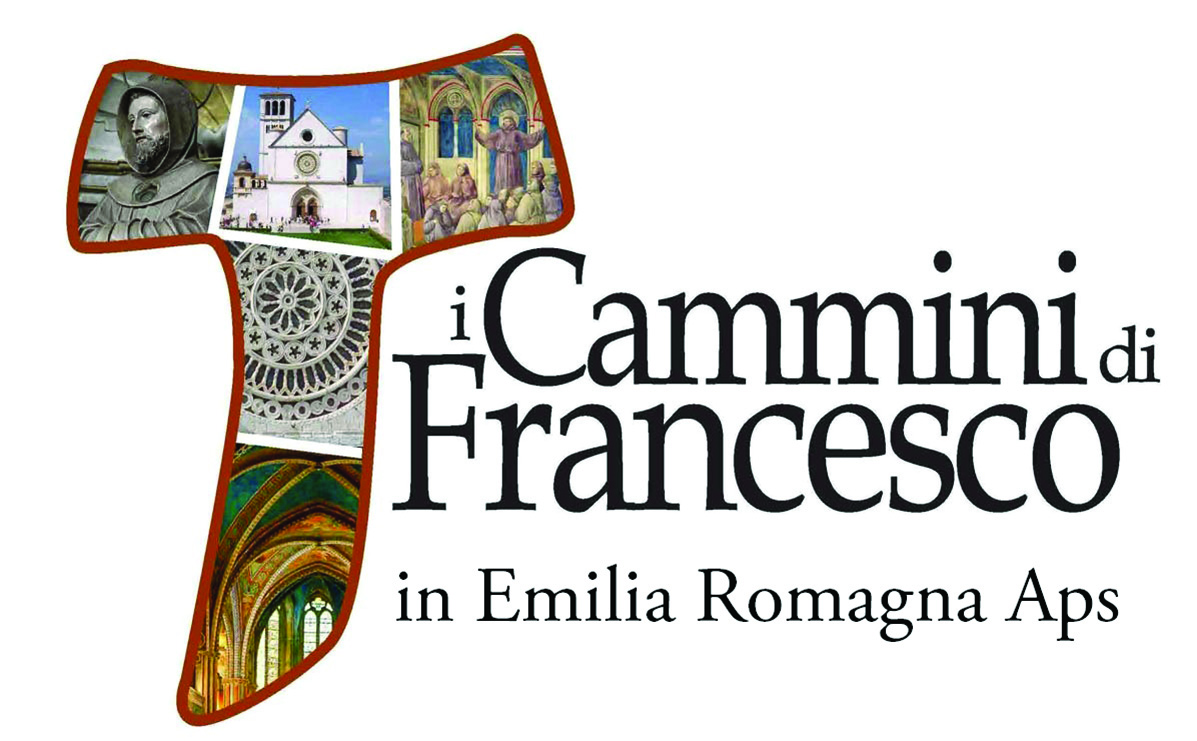What to wear on your feet
If you intend to walk the itinerary as far as La Verna, note that most of the stages are on dirt roads, gravel tracks and paths, with only a few kilometres on asphalt and on roads of secondary importance and therefore, with little traffic. As far as San Leo, comfortable trekking shoes are fine, better still if they have a good treaded sole. From San Leo onwards, a good pair of hiking boots with Gore-Tex are preferable, due to some fords and a couple of stretches where, if it has rained recently, there may be puddles and mud. In addition, the fourth and fifth stages climb uphill towards the Apennine ridge, along paths typical of mountain environments, through woods and pastures and in some sections, on mule tracks and centuries-old cobblestones. A spare pair of comfortable, lightweight sandals is essential for use in your room or when not walking. Poles are highly recommended because the route has many climbs; if you have gaiters, they may be very useful in certain cases - fords or mud - and weigh very little.
What to put in your backpack
In terms of clothing, it depends on the season; the best time is from April to October, although only the coldest months of winter should be excluded - from December to February to be clear - when it is common to find snow from the fourth stage onwards. So, dress in layers and carry at least a complete change of underwear and a fleece sweater or jacket in your rucksack. An anorak and rain cape are a must. Even in the most affordable accommodation facilities, such as convents or monasteries, you’ll be able to wash and dry your clothes, as well as to take a hot shower. Personal hygiene items should include soap and shampoo and at least one microfibre towel: you won’t find any in the convents. And you won’t find bed sheets either, so you’ll need a sheet bag or sleeping bag. In terms of blankets, it depends on the season and it’s always better to ask beforehand. If you find accommodation in a hotel, B&B or guesthouse, linen is usually included. A needle and thread and plasters for blisters are very useful, as is a soothing and anti-chafing ointment. Don’t forget a battery charger and spare battery pack for your mobile phone and perhaps a GPS application too, with the routes you can find on the web pages downloaded onto it. If you have a good mobile phone, smartphone or iPhone, you won’t need a camera; however, free up the memory so you’ll be able take lots of photos and videos/clips without running the risk of it becoming full. Don’t forget a water bottle, that should hold at least a litre; on the various stages you’ll always find water halfway along the route, with the exception of the last stage from Balze to La Verna where you’ll have to ensure you have enough, based on the time of year, for the last 4 hours or so that remain after the last bar in Montecoronaro. Finally, try to keep the weight of your rucksack under 10 kg or better still, under 8 kg. Some of the weight will depend on the season and where you’re staying because, if it’s in one of the aforementioned convents or monasteries, you’ll have to keep soap and linen to a minimum necessary for one or two nights. A torch could also be useful; depending on the time of year, you might arrive late or decide to leave very early or even just to be visible along one of the few stretches of road open to vehicles you might use as an alternative route in the event of bad weather or in an emergency.
Other useful tips
Depending on the time of year when you’re tackling the Way from Rimini to La Verna, always assess the hours of daylight you have based on what you plan to do during the day. Always leave early and at each stage, you can decide when to have breakfast - either where you’re staying or at a bar - or where you can buy food for the day. When you arrive, always check or ask for the grocery shop opening hours to decide when to leave or buy food for the next day. The last stage, which is the most demanding, has an easy and well-signposted first section of about 2 km, which means you can set off just as dawn is breaking. You’ll thus have more time when you arrive and want to visit places at the end of the stage, or you’ll be able to take longer rest breaks along the way.
In terms of the weight of your rucksack, with the exception of water, supplies are only essential for the last two stages; along the first three, there are refreshment points, but ensure you locate them carefully when planning your trip.
The most important thing to bring
A desire for knowledge and a need for personal soul-searching, whether secular or religiously-motivated, weigh nothing at all. On the contrary, they are precisely the reserve of energy that usually allows pilgrims to overcome the most difficult moments. If you already have a good supply of these, then it’s time for you to start walking.
This walk is not long, but from the third stage is fairly demanding, however it won’t disappoint. You’ll discover a new world that’s very close to territories famed for a totally different kind of tourism or reason. You’ll also discover more about St Francis and what came after him, in the works of art and faces of the people you meet that will certainly enrich you. And in the end, you’ll be ready for destinations that are further… in every sense: on St Francis’ Way as far as Rome and on the path of life.




